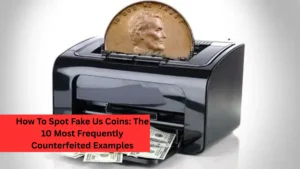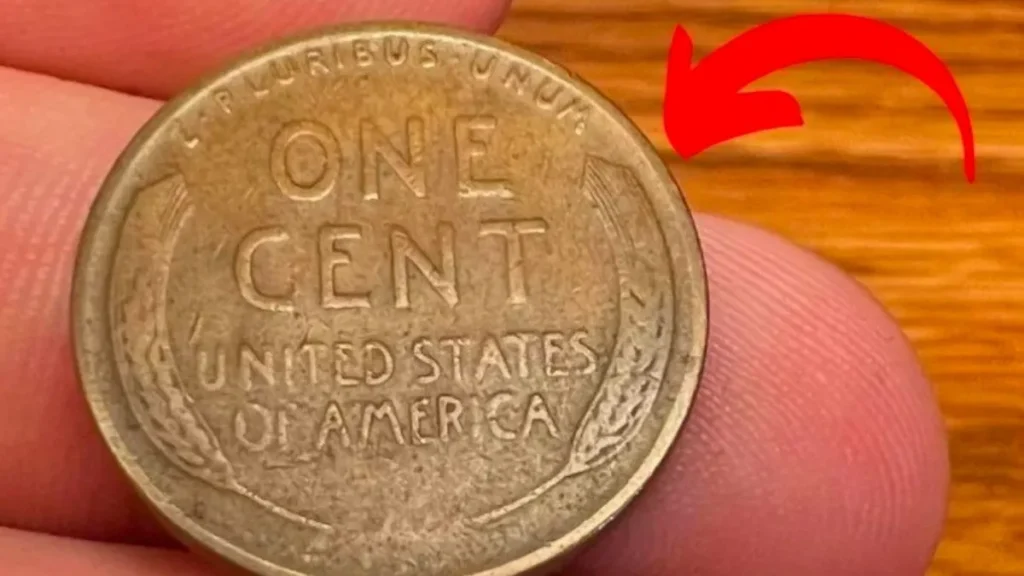Since its founding in 1987, NGC has graded over 33 million coins. While most coins submitted are genuine, the company has detected hundreds of thousands of counterfeit coins, including altered dates, fake mint marks, and other forms of fraud.
Certain coins are counterfeited more frequently than others. Below is a list of the top 10 most commonly counterfeited US coins based on NGC’s submissions.
#10 – 1925-D Quarter Eagle
The Indian Head Quarter and Half Eagles were heavily counterfeited decades ago, and many fakes still appear in the market. Various dates and mintmark combinations are commonly forged, including the 1925-D Quarter Eagle, which is a relatively common date.
#9 – 1912 Quarter Eagle
The 1912 Quarter Eagle had a larger original mintage than the 1925-D, but it is rarer in higher grades. For instance, an MS 63 grade example can cost around $1,750 according to NGC’s US Coin Price Guide.
#8 – 1911 Quarter Eagle
Interestingly, while the 1911-D Quarter Eagle is the key date in this series, the Philadelphia mint’s 1911 without a mintmark is more frequently counterfeited. This may be because the Philadelphia version had the highest mintage, making fake coins harder to spot, or because collectors are more cautious with the rare 1911-D.
#7 – 1922 No D Lincoln Cent
The 1922 No D Lincoln Cent is a key date for collectors. Most counterfeit versions involve removing the “D” mintmark from the common 1922-D using tools. These alterations are generally easy to detect.
#6 – 1909-S Indian Head Cent
The 1909-S Indian Head Cent, struck in the final year of the Indian Head series, had a low mintage of just 309,000 coins. Low-grade authentic coins still fetch hundreds of dollars. Some counterfeiters add “S” mintmarks to the more common 1909 Philadelphia cents to try passing them off as the rarer 1909-S. Struck fakes are less common.
#5 – 1882 Three Dollar
The 1882 Three Dollar coin had a small mintage of 1,500. It’s frequently counterfeited because of a known counterfeiter nicknamed the “Omega Counterfeiter,” who marked fakes with a hidden Ω symbol. These fakes often appear when older collections are sold. Though high quality, these counterfeits can be detected by those who know what to look for.
#4 – 1914-D Lincoln Cent
With a mintage under 1.2 million, the 1914-D Lincoln Cent is scarce and sought after. High-grade coins are especially rare and can be more valuable than the famous 1909-S VDB cents. NGC mostly sees full counterfeit 1914-D coins, but occasionally finds added mintmark or altered date fakes.
#3 – 1914 Quarter Eagle
The 1914 Indian Head Quarter Eagle, with a mintage of only 240,000, commands a premium price. Mint State versions (MS 65) can sell for over $20,000. Its incuse design makes authentication harder, so many dealers rely on NGC for verification. While the 1914 is the most faked date, counterfeits of all Quarter and Half Eagles are common.
#2 – 1916-D Mercury Dime
The 1916-D Mercury Dime is a legendary key date with a tiny mintage of 264,000 coins. It remains highly desirable with even low-grade examples valued near $1,000 and AU 55 coins exceeding $10,000. This coin is a frequent target of counterfeiters, with many added mintmark fakes created from more common Philadelphia 1916 dimes. Some advanced fakes involve combining parts of genuine coins.
#1 – 1909-S VDB Lincoln Cent
Unsurprisingly, the 1909-S VDB Lincoln Cent is the most counterfeited US coin. With only 484,000 struck before the initials VDB were removed, demand exceeds supply. Circulated coins often sell for over $1,000. NGC frequently encounters added mintmark versions, outright counterfeits, and even coins with added VDB initials.
FAQs
Q: How can I spot a counterfeit coin?
A: Look for inconsistencies in weight, metal composition, mintmarks, and date details. Professional grading services like NGC can verify authenticity.
Q: Why are some coins counterfeited more often?
A: Coins with low mintages, high values, or key dates are more tempting targets for counterfeiters.
Q: Are all altered coins considered counterfeit?
A: Not necessarily. Some alterations, like cleaned coins, don’t mean counterfeit. But added mintmarks or dates usually indicate forgery.
Q: What should I do if I suspect a coin is fake?
A: Avoid purchasing it and consider submitting it to a professional grading service for authentication.



